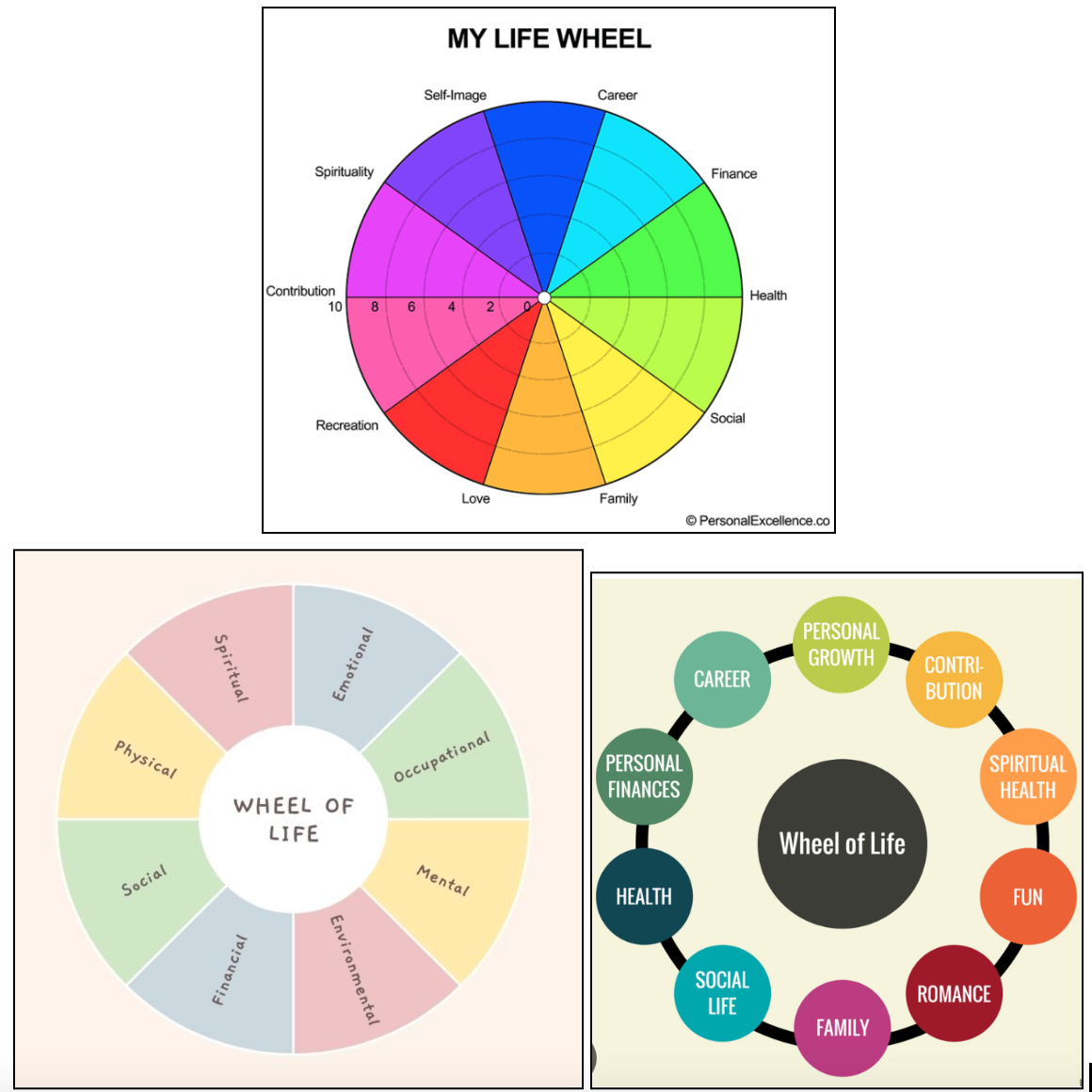How To Set Intentions For The New Year
The time has come to set your intentions for the new year! Setting intentions is different from setting goals or from setting New Year’s resolutions in that it focuses on what you want to experience internally in the coming year rather than working toward externally-focused or more tangible accomplishments.
Setting an intention instead of a goal gives you permission to develop how you want to live out that intention throughout the year as you grow and as life circumstances change. Additionally, intentions allow you to focus on the real purpose of goals or intentions, which is to make yourself and your life more enjoyable and meaningful - instead of getting caught up in strict parameters in traditional goal-setting or the fear and potential paralysis of not meeting those goals.
Before you set intentions, it’s important to think back on your past year and how you were able to live out your core values - as well as identify where you may want to make changes or additions. Read on for steps to a reflection and intention-setting process that centers your core values!
Start With Your Core Values
Start with writing down what your core values are (try to keep it to 4-5 values so they’re manageable to reflect on and so they don’t overwhelm you). Core values are the values that are most fundamental to your identity, how you craft your life, and show up in the world. If you’ve never thought about your core values before, no sweat! Take some time to brainstorm what those might be before going to the next steps of intention-setting. Grounding yourself in your core values will help guide you in what is really important to prioritize and focus on in the new year.
2. Reflect Using Questions
What are you proud of from the past year?
What experiences, memories, emotions, or accomplishments from the past year made you feel your best?
What from the past year do you want to carry forward into next year?
What from this year do you want to leave behind or change?
What is something new that you want to add to your life?
3. Sort Your Responses Into Facets of Life
Take the answers that you jotted down in step two and sort them into the different areas or sectors that make up your ideal fulfilling life. The “Wheel of Life” images below may be helpful in identifying what those areas are - but we all have different life makeups, and you may want to edit one of these frameworks or come up with a new one. For example, spiritual health may not be a part of your life at all; or, maybe you want to add “community” as a sector. Feel free to design this in whatever way feels right to you.
Once you have your “life areas/sectors,” sort your reflections from step two into these areas. Take note of:
Are there any sectors/areas of your life that you neglected in your reflection? Why do you think that is? If so, do you want to add anything to those sectors now?
Are there any sectors/areas of your life in which you included a lot of points of pride or areas for change? Why do you think that is? If so, reflect on whether these are areas that are priorities for you, and why. Are there other areas you would like to prioritize more in the coming year?
In which sector did you include something new that you wanted to add to your life? Do you want to add any other new elements to any of the sectors?
Remember to notice these points with compassion, and try your best to leave judgment and self-criticism at the door. The main point of this exercise is to notice where your mind went in taking stock of your life, including what you’re proud of and what you may want to leave behind or change, and to help you continue aligning your New Year’s intentions with what is truly important to you. No judgment needed here - this is all about growth!
4. Return To Your Core Values
For each of the core values you identified earlier, consider:
Looking back at my past year reflection, how can I see that I’ve lived out this value?
In what ways have my actions, priorities, etc. not aligned with this value?
How might I be able to better align with this value in the coming year?
5. Set Your Intentions
Let’s set those intentions! Again, intention-setting is a little different from goal-setting or from New Year’s resolutions; we want to focus on how we want to feel or experiences we want to have internally in the coming year, as opposed to externally.
Here is an example of the distinction:
Goal: I aim to learn how to bake good-quality sourdough bread.
Intention: I intend to cultivate more joy through new hobbies and activities.
Take some time to write out intentions that speak to some of the points you identified in your reflection that you either want more of, want to change, or want to grow. Jot down the intention, along with which core value(s) and life sector(s) it relates to. It can be helpful to brainstorm some possible steps you may want to take to live out your intentions, while keeping in mind that they may change throughout the year. See the visual below for inspiration on how to set up your intentions!
Hopefully this reflection and framework for intention-setting is helpful in creating an inspiring, minimally stressful, and fluid plan to carry with you through the year.


